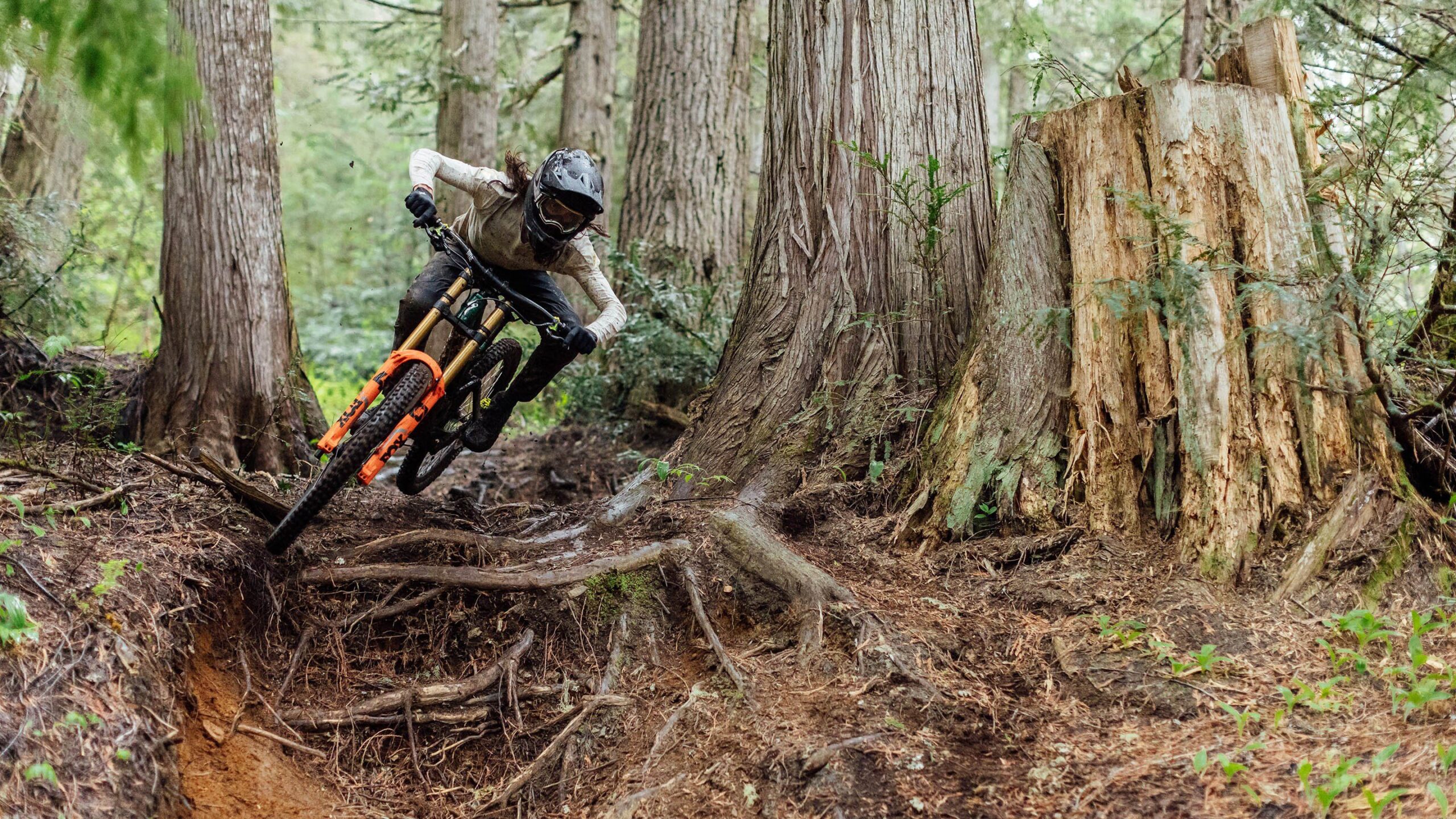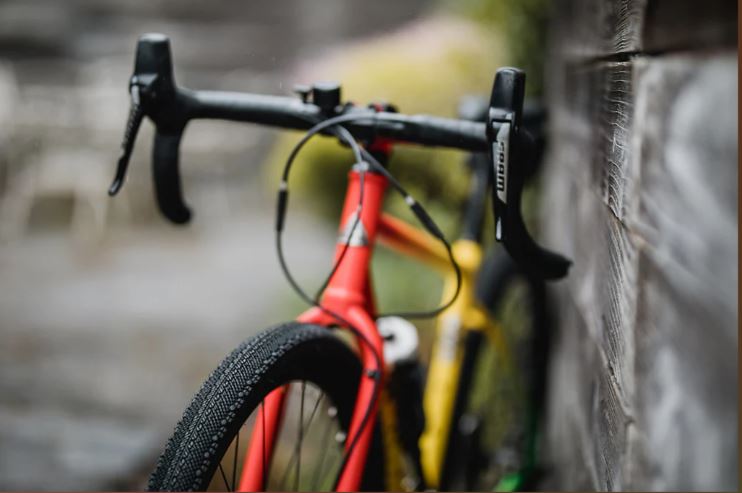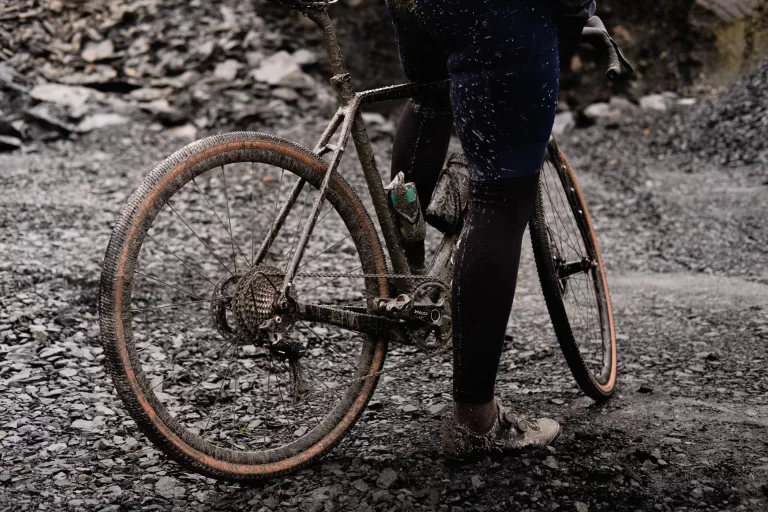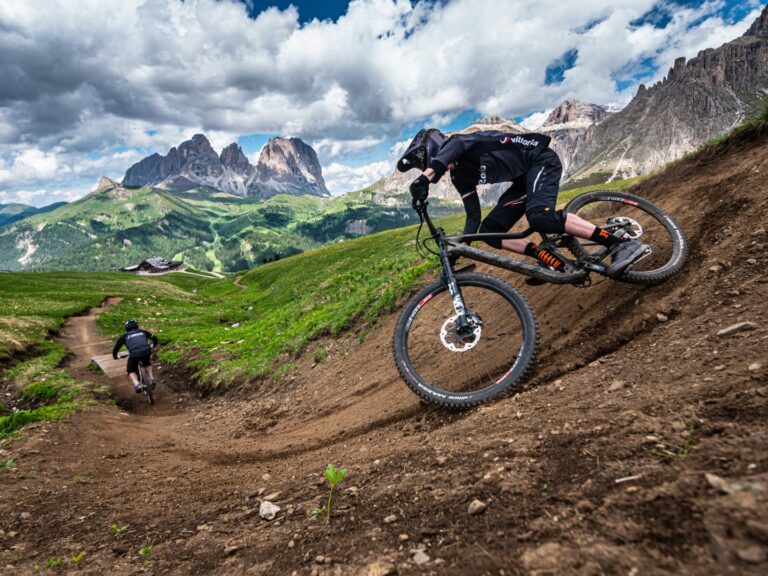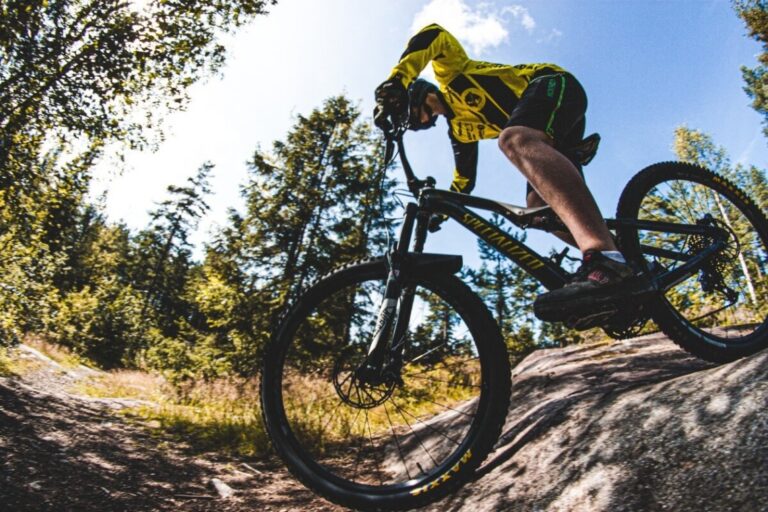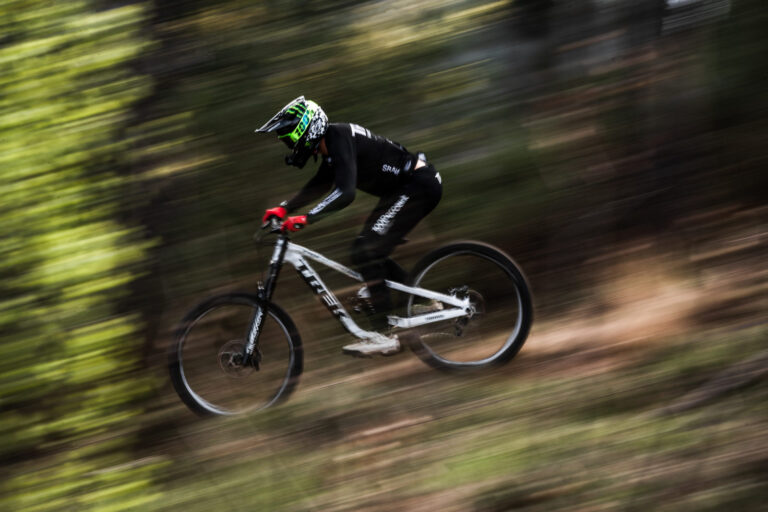Conquering the Mountain: Durability and Ruggedness of Downhill Bike Tires

Key Point Summary of Durability and Ruggedness of Downhill Bike Tires:
- Durability Is Key: Downhill biking demands tires that can withstand repeated abuse from the roughest terrains without failing.
- Choosing the Right Tires: Opt for tires specifically designed for downhill (DH) riding, with features that emphasize durability and ruggedness.
- Materials and Construction Matter: High-quality rubber compounds and reinforced sidewalls are crucial for durability.
- Tread Pattern and Volume: Aggressive tread patterns and higher-volume tires provide better traction and protection against punctures.
- Maintenance and Inspection: Regular checks for wear and damage can extend tire life and improve safety.
As a seasoned cyclist with years spent racing and riding across various disciplines, including the adrenaline-packed world of downhill mountain biking, I’ve learned the hard way that not all tires are created equal. The demanding nature of downhill tracks, with their sharp rocks, roots, and unforgiving obstacles, necessitates a tire that is not just capable of gripping the terrain but surviving it.
Durability Takes the Front Seat
Downhill biking is brutal on equipment, and tires bear the brunt of this punishment. Early in my downhill days, I quickly discovered the importance of durability. Tires that looked capable in the shop would sometimes fail on their first real test on the mountain. A blown tire mid-run isn’t just frustrating; it can be downright dangerous.
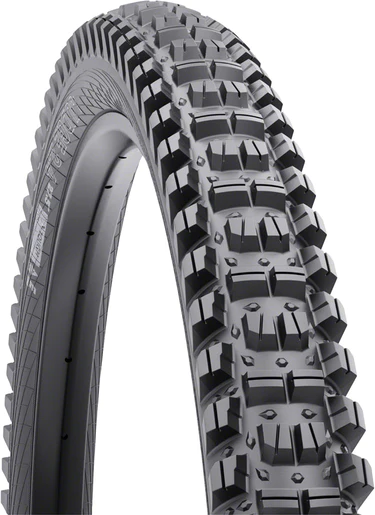
Material Choices and Construction
The difference between a good downhill tire and a great one often comes down to the materials and construction. Tires with dual-ply or even triple-ply casings and high-quality, durable rubber compounds have become my go-to. These materials offer a blend of flexibility for grip and stiffness for puncture resistance. I remember a particular race in the Rockies where my choice in a dual-ply tire made all the difference, shrugging off hits that were sidelining others.
The Right Tread for the Job
The tread pattern is not just about traction; it’s also a key component of the tire’s ability to resist punctures and tears. Aggressive, large knobs can help protect against sharp objects, while also digging into loose or slippery surfaces for that all-important grip. The space between knobs is equally important, helping to shed mud and debris that can reduce traction. During one memorable muddy race, my tires’ aggressive tread pattern kept me upright and moving forward while others were sliding off course.
Volume and Air Pressure
Larger volume tires have more material to absorb impacts and protect against punctures. Running the correct air pressure is a balancing act; too high and you lose traction and increase the risk of a puncture, too low and you risk rim damage. I’ve found a sweet spot that works for my riding style and weight, but it’s something each rider needs to dial in for themselves.

A Word on Maintenance
Regular inspection and maintenance of your tires can significantly extend their life and performance. After each ride, I make it a habit to check for cuts, embedded objects, or any signs of sidewall damage. This routine has saved me from potential disasters more than once, allowing me to address issues before they lead to failure on the trail.
Durability and Ruggedness of Downhill Bike Tires: Wrapping Up
From the rocky descents of the Alps to the root-filled trails of the Pacific Northwest, my journey has been as much about understanding my equipment as it has been about honing my skills. In the world of downhill biking, where every second and every choice counts, never underestimate the importance of durable, rugged tires. They might just be the difference between a good day and a trip to the hospital.
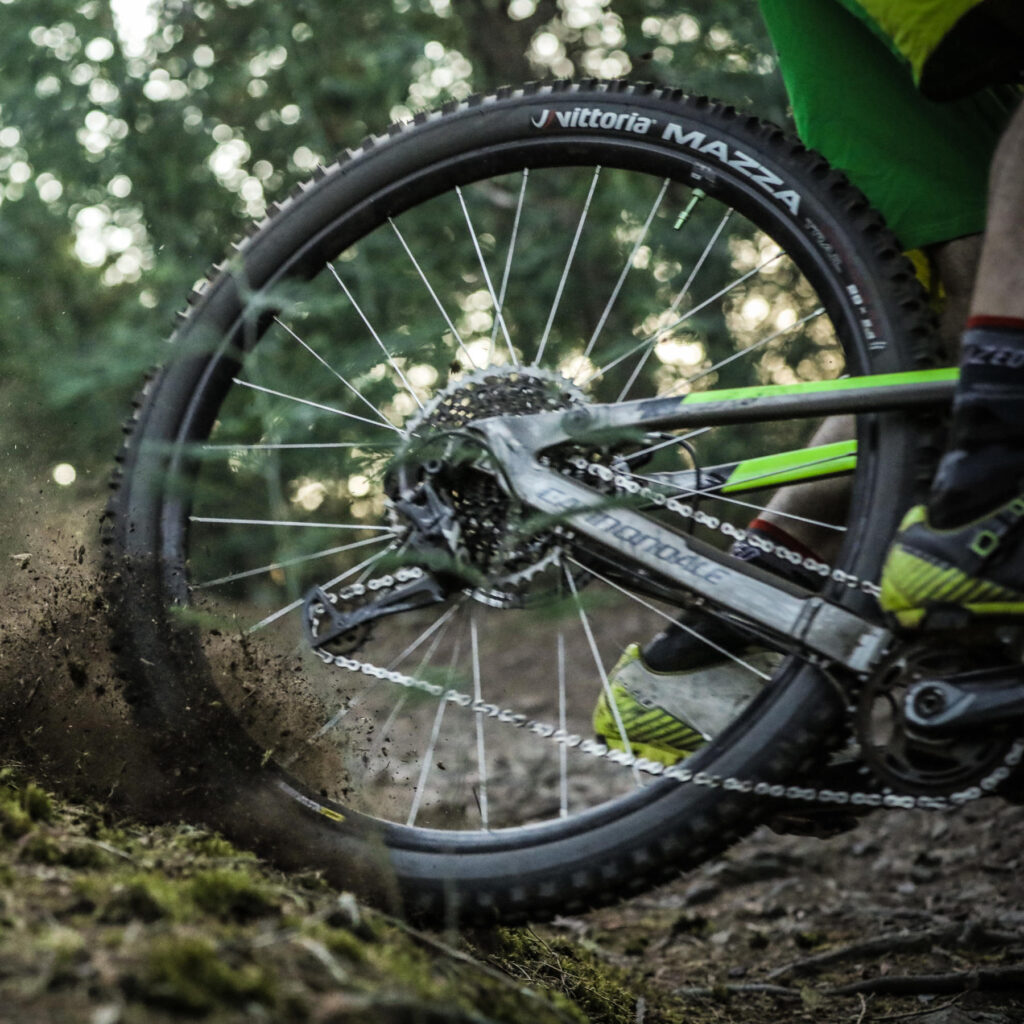
In conclusion, durability and ruggedness are non-negotiable when it comes to downhill bike tires. The right tires not only enhance your control and speed but also ensure that you can tackle the most challenging terrains with confidence. As you grow in your downhill biking journey, remember that every trail offers a new lesson, and often, it’s your tires that provide the first line of defense against the unpredictable nature of the mountain.
For tackling rough terrain in downhill mountain biking, the Maxxis Minion DHR II stands out as a top choice among many riders for its exceptional performance. It’s designed specifically to handle the demands of rough and steep terrains, making it a favorite for both professional racers and recreational riders alike.
Key Features of the Maxxis Minion DHR II:
- Aggressive Tread Pattern: The Minion DHR II features an aggressive tread design with large, wide-spaced knobs to bite into loose terrain and provide unparalleled traction on steep descents and in cornering.
- Dual Compound Rubber: This tire uses a dual compound rubber that balances grip, durability, and rolling resistance, ensuring that it performs well in a variety of conditions, including wet and muddy trails.
- Wide Trail (WT) Design: Designed to work optimally with wider rims, the WT version of the Minion DHR II offers a larger contact patch for better grip and stability on rough trails.
- Puncture Protection: With options for EXO and DoubleDown (DD) casings, the Minion DHR II offers varying levels of sidewall protection to suit different riding styles and terrain harshness, minimizing the risk of flats and tire damage.

These features make the Maxxis Minion DHR II a standout choice for riders seeking a tire capable of handling the toughest downhill courses and roughest terrains without compromising on performance.
Happy trails!
John
FAQ
How long can mountain bike tires last?
Mountain bike tires can last between 1,000 to 2,500 miles, depending on riding conditions, tire quality, and rider habits.
How durable are mountain bikes?
Mountain bikes are highly durable, designed to withstand rough terrain and harsh conditions with proper maintenance.
Are mountain bike tyres more puncture resistant?
Yes, mountain bike tires are generally more puncture-resistant than road bike tires, thanks to thicker tread and sidewalls.
Should mountain bike tyres be hard?
Mountain bike tires should not be too hard; they require lower pressure for better traction and shock absorption, typically around 25 to 35 PSI for most riders and conditions.
